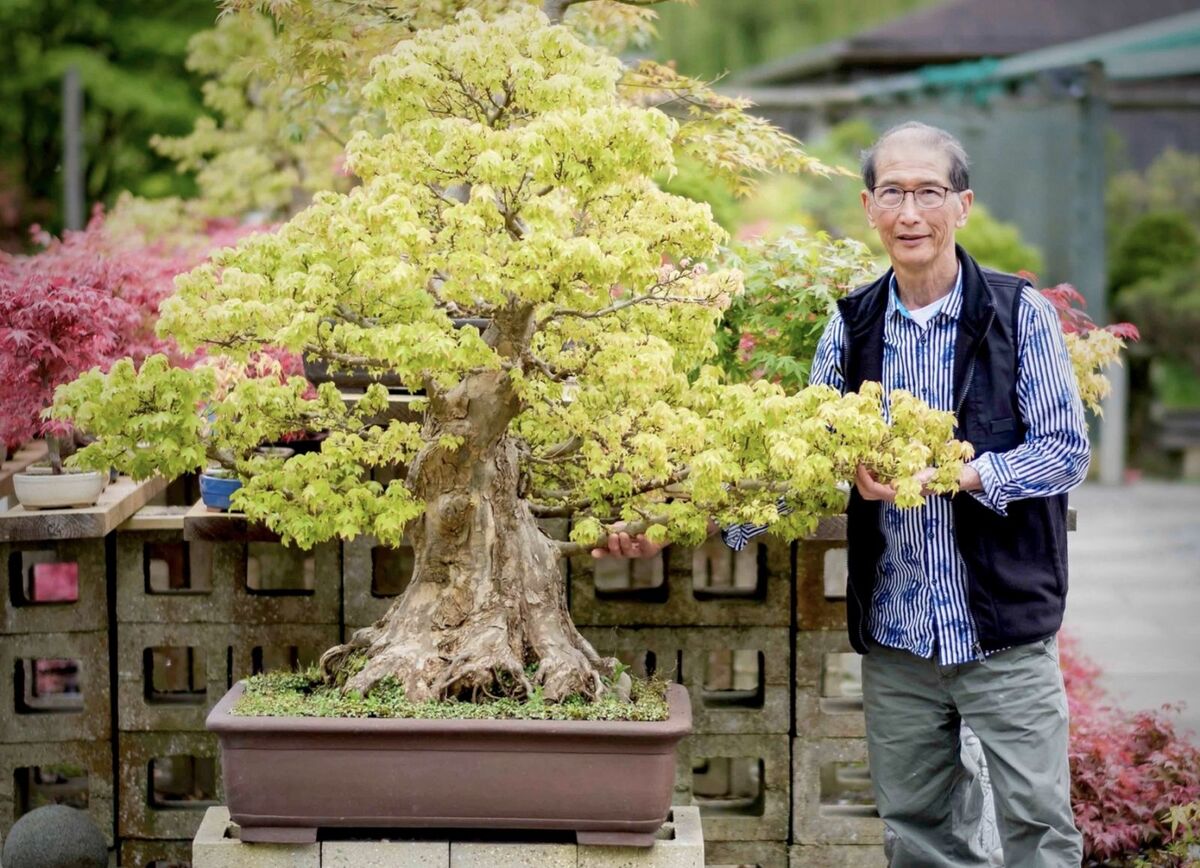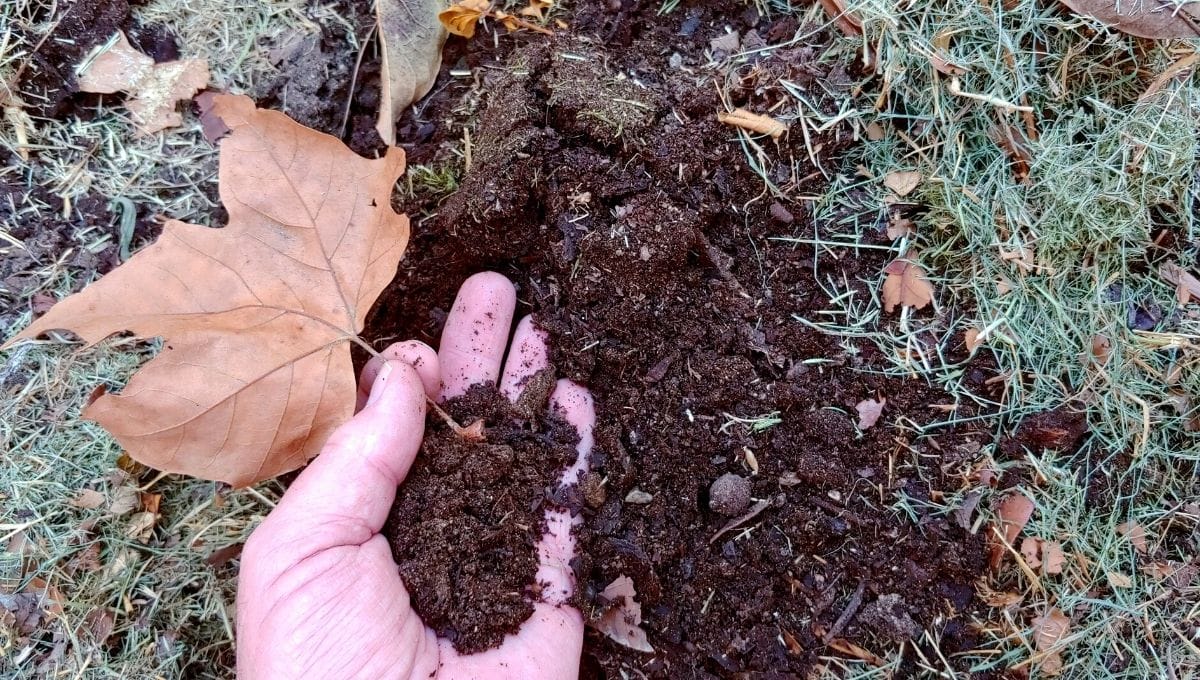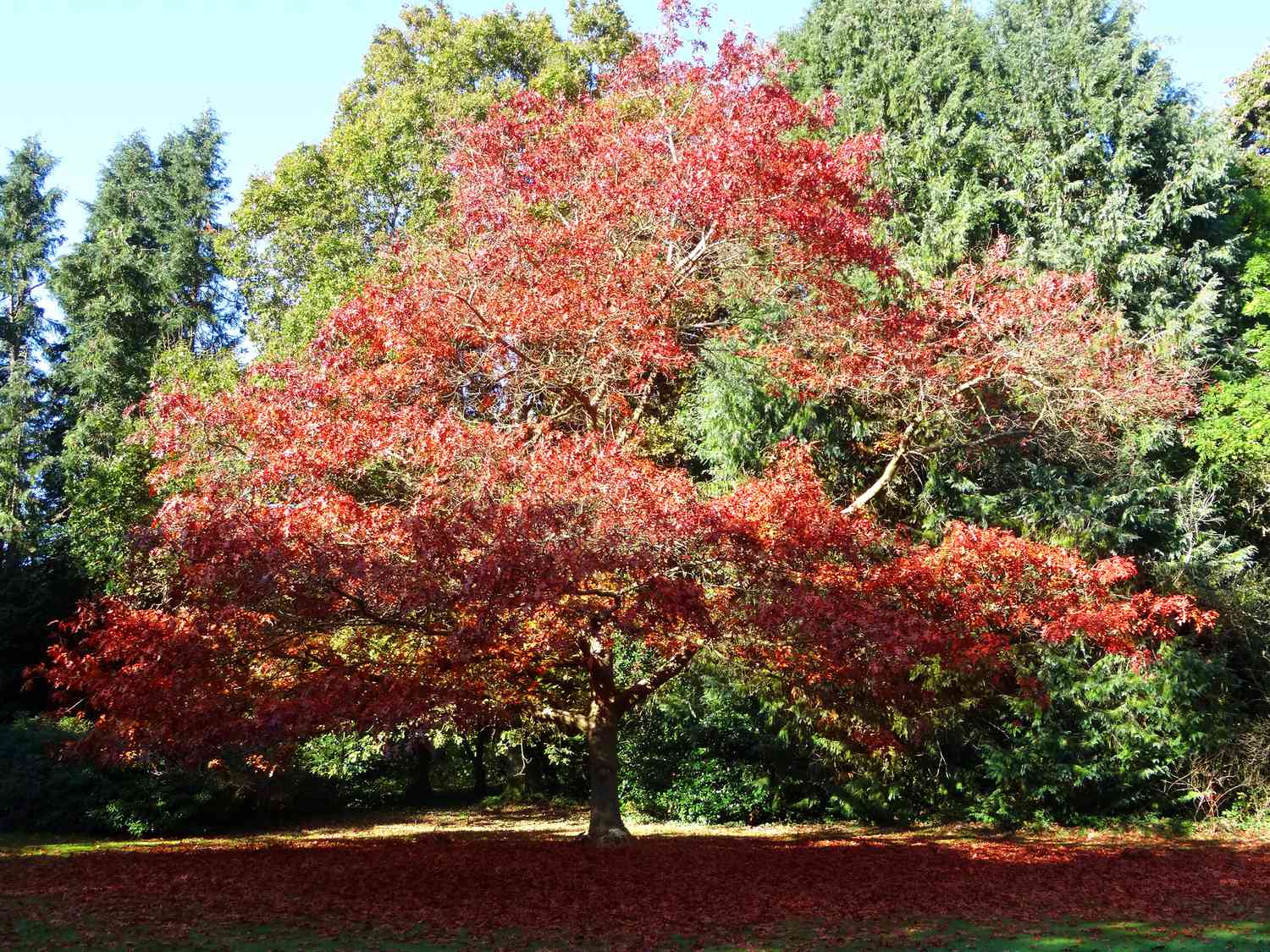Home>Types of Gardening>Ornamental Gardening>How Long Do You Leave Wire On Bonsai Tree


Ornamental Gardening
How Long Do You Leave Wire On Bonsai Tree
Modified: January 22, 2024
Learn the best practices for wiring a bonsai tree and how long to leave the wire on for optimal results. Discover expert tips for ornamental gardening.
(Many of the links in this article redirect to a specific reviewed product. Your purchase of these products through affiliate links helps to generate commission for Chicagolandgardening.com, at no extra cost. Learn more)
Table of Contents
Introduction
Welcome to the enchanting world of bonsai trees, where the art of cultivation intertwines with the mastery of shaping nature. Bonsai, originating from the Japanese words "bon" meaning tray and "sai" meaning plant, encapsulates the essence of miniaturized beauty and profound symbolism. These meticulously nurtured trees, often resembling their full-sized counterparts in nature, evoke a sense of tranquility and harmony.
The practice of bonsai cultivation dates back over a thousand years, originating in China before finding its artistic zenith in Japan. Beyond being a horticultural endeavor, bonsai embodies a philosophy that harmonizes the human spirit with the tranquility of nature. Each bonsai tree tells a story, reflecting the passage of time and the gentle touch of a devoted caretaker.
As you embark on your journey into the world of bonsai, you will discover the delicate art of wiring, a fundamental technique used to sculpt and train these miniature trees. Understanding the nuances of bonsai wire and its application is essential to nurturing these living works of art. In this article, we will delve into the intricacies of bonsai wire, exploring the duration for which it should be left on the trees and the best practices for its removal. Let's embark on this enlightening exploration of the timeless art of bonsai cultivation.
Understanding Bonsai Wire
Bonsai wire serves as a pivotal tool in the art of shaping and training these miniature trees. It enables enthusiasts to guide the growth of branches and trunks, ultimately crafting the desired aesthetic form. Typically made from aluminum or copper, bonsai wire is available in various gauges to accommodate different tree species and branch thicknesses.
When applying wire to a bonsai tree, it is essential to do so with precision and care. The wire should be wrapped gently around the branches, ensuring a secure yet non-constricting hold. This technique allows for the gradual bending and positioning of the branches, aligning them with the envisioned design. It is crucial to monitor the tree regularly during the wiring period, as the branches may grow rapidly, risking damage if the wire becomes too tight.
Understanding the behavior of different tree species is paramount when using bonsai wire. Some trees, such as the Japanese maple (Acer palmatum), exhibit more flexible branches, making them easier to shape with wire. In contrast, coniferous species like the juniper (Juniperus) may require a more cautious approach, as their branches are prone to snapping if bent too forcefully.
Furthermore, the timing of wire application is a critical consideration. Bonsai wire is typically applied during the tree’s dormant season, allowing for gentle manipulation without disrupting active growth. This strategic timing minimizes stress on the tree and facilitates the desired shaping process.
As you immerse yourself in the art of bonsai cultivation, understanding the nuances of wiring will empower you to sculpt and mold your miniature arboreal masterpiece with finesse and precision. The next section will delve into the optimal duration for which bonsai wire should remain on the trees, shedding light on this essential aspect of bonsai care.
How Long to Leave Wire on Bonsai Trees
The duration for which bonsai wire should remain on the trees is a nuanced aspect of bonsai cultivation, balancing the need for effective shaping with the tree’s well-being. As a guiding principle, the wire should be left on the tree for a time sufficient to set the branches in the desired position without causing damage due to constriction or growth restriction.
While the specific duration varies based on factors such as tree species, growth rate, and the thickness of the branches, a general timeframe for leaving wire on bonsai trees ranges from several months to a year. It is essential to monitor the tree closely during this period, regularly inspecting the wire to ensure it does not become too tight as the branches grow. This attentive approach mitigates the risk of wire cutting into the bark, which can impede the tree’s vascular system and lead to irreversible damage.
Some fast-growing tree species may require the wire to be removed and reapplied within a few months to prevent constriction, while slow-growing varieties may tolerate the wire for a longer duration. Additionally, environmental factors such as temperature and humidity can influence the growth rate, necessitating adjustments in the duration for which the wire is left on the tree.
Adhering to the principle of “let the tree dictate” is pivotal in determining the optimal duration for leaving wire on bonsai trees. This philosophy emphasizes the importance of observing the tree’s response to the wiring process, allowing for adjustments based on its growth patterns and overall health.
Ultimately, the goal is to achieve the desired branch positioning while safeguarding the tree’s vitality. Once the branches have set in the intended shape, the wire should be promptly removed to prevent any potential damage. The subsequent section will delve into the meticulous process of removing wire from bonsai trees, shedding light on the best practices for this essential step in bonsai care.
Removing Wire from Bonsai Trees
The process of removing wire from bonsai trees is a delicate yet crucial endeavor, marking the culmination of the shaping and training phase. As the branches settle into the desired form, it is imperative to remove the wire promptly to prevent it from cutting into the bark and hindering the tree’s growth.
When determining the optimal time for wire removal, careful observation is paramount. The wire should be removed before it begins to dig into the bark, signaling that the branches have set in the desired position. This typically occurs several months after the initial wiring, though the precise timing varies based on the tree species and its growth patterns.
To remove the wire, it is advisable to use wire cutters designed specifically for bonsai work. Care should be taken to avoid damaging the branches or bark during this process. The wire should be snipped carefully, ensuring that the branches are not jolted or disrupted. As the wire is removed, the branches may retain the desired shape, thanks to the training imparted during the wiring period.
Following wire removal, it is beneficial to gently guide the branches into their intended positions, providing support and encouragement for the tree to maintain its sculpted form. This may involve minor adjustments to ensure that the branches maintain their graceful curvature and alignment with the overall design of the tree.
After the wire has been removed, diligent aftercare is essential to support the tree’s recovery. Regular monitoring of the branches and their growth patterns will enable the caretaker to detect any signs of stress or distortion, allowing for timely intervention if needed. Additionally, providing optimal growing conditions, including appropriate watering, sunlight, and nutrition, will aid the tree in recuperating from the wiring process.
By delicately removing the wire and attending to the tree’s post-wiring needs, bonsai enthusiasts can ensure that their miniature arboreal masterpieces continue to thrive and flourish. The upcoming section will encapsulate the key insights presented in this article, reinforcing the significance of understanding the duration for which wire should be left on bonsai trees and the meticulous process of its removal.
Conclusion
Embarking on the journey of bonsai cultivation unveils a world where artistry and nature converge, yielding miniature marvels that captivate the soul. The intricate art of wiring plays a pivotal role in shaping these arboreal treasures, allowing enthusiasts to sculpt and train the trees with finesse and precision.
Understanding the nuances of bonsai wire, from its application to the optimal duration for which it should adorn the trees, empowers caretakers to nurture their bonsai with attentiveness and skill. Aspiring bonsai enthusiasts are encouraged to approach the wiring process with patience and mindfulness, embracing the symbiotic relationship between the caretaker and the tree.
The duration for which wire is left on bonsai trees is a delicate balance, harmonizing the need for shaping with the tree’s well-being. By observing the tree’s response and adhering to best practices, enthusiasts can ensure that the wiring process unfolds seamlessly, culminating in the graceful formation of the branches.
The meticulous removal of wire marks the culmination of the shaping phase, requiring gentle precision and a keen eye for the tree’s well-being. As the wire is delicately removed, the branches retain the graceful contours imparted during the wiring period, embodying the artistry and dedication of the caretaker.
In essence, the art of bonsai cultivation transcends mere horticulture, weaving a narrative of patience, artistry, and reverence for nature. As caretakers immerse themselves in this timeless practice, they embark on a journey of introspection and connection with the natural world, fostering a profound appreciation for the beauty and resilience of these miniature arboreal marvels.
May this exploration of bonsai wire and its temporal artistry inspire and guide bonsai enthusiasts as they embark on their own unique journeys, sculpting and nurturing these living works of art with unwavering devotion and artful precision.







